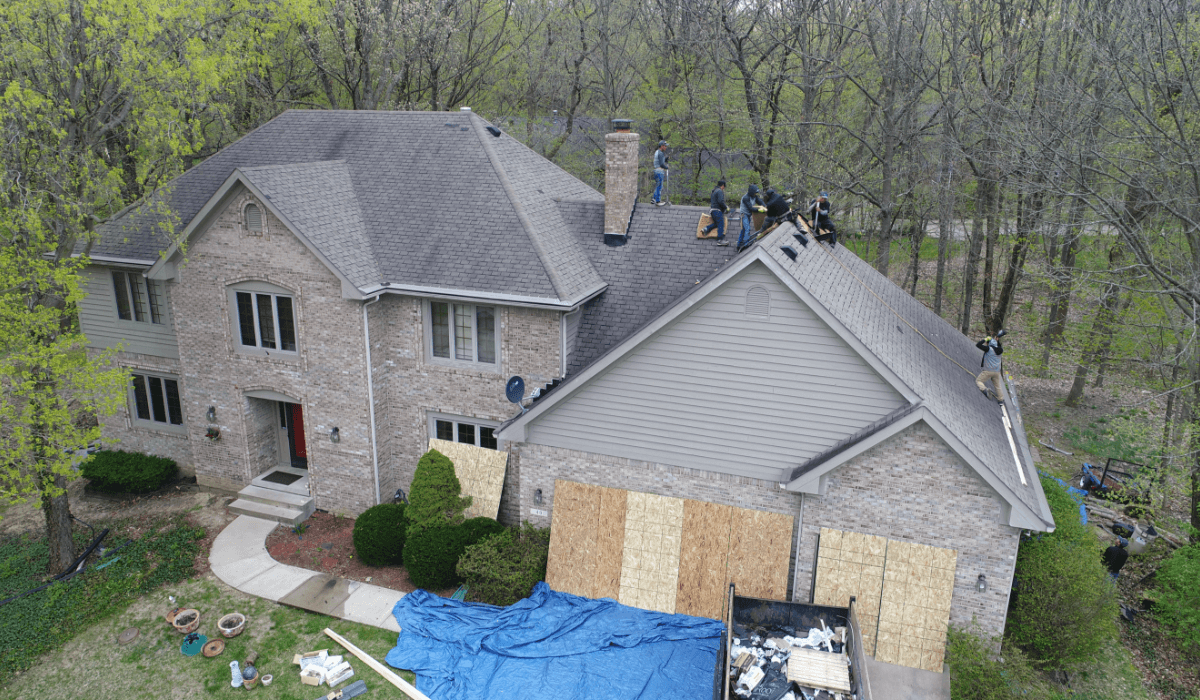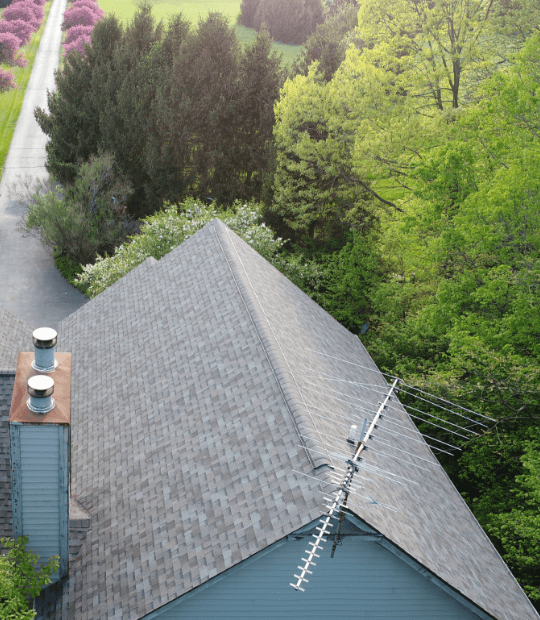The roof is one of the most important components of any building structure. Not only does it provide protection from the elements, but it also plays a crucial role in the overall design and aesthetics of the building. Choosing the right roofing materials and design can be a daunting task, but with the ultimate roofing guide, you'll be able to make an informed decision that suits your needs and budget.
Types of Roofing Materials
There are several roofing materials to choose from, each with its own unique characteristics and benefits. The most common roofing materials include:
- Asphalt Shingles
Asphalt shingles are the most popular roofing material in North America. They are durable, affordable, and easy to install. They come in a variety of colors and styles, making them a versatile choice for any home.
- Metal
Metal roofs are becoming increasingly popular due to their durability, energy efficiency, and longevity. They come in a range of styles, including standing seam, corrugated, and metal tiles. Metal roofing is also environmentally friendly, as it can be recycled at the end of its life cycle.
- Tile
Tile roofs are a popular choice for Mediterranean and Spanish-style homes. They are durable and long-lasting, with some tiles lasting up to 100 years. They are also fire-resistant and energy-efficient.
- Slate
Slate roofs are made from natural stone and are known for their durability and longevity. They can last up to 200 years and are fire-resistant. However, they are also one of the most expensive roofing materials.
- Wood Shake
Wood shake roofs are made from cedar or redwood and have a natural, rustic look. They are environmentally friendly and energy-efficient. However, they require regular maintenance and are prone to fire damage.
Choosing the Right Roofing Design
In addition to choosing the right roofing material, it's also important to consider the design of your roof. The most common roofing designs include:
- Gable
A gable roof is a simple, triangular-shaped roof that is easy to construct and cost-effective. It's a popular choice for traditional-style homes.
- Hip
A hip roof is a more complex design that slopes on all sides. It's more resistant to high winds and is a popular choice for coastal areas.
- Mansard
A mansard roof is a French-inspired design that features a flat top and steep sides. It provides extra living space and is often used on multi-story buildings.
- Gambrel
A gambrel roof is a symmetrical design that has two slopes on each side. It's commonly used on barns and other agricultural buildings.
- Flat
A flat roof is a simple design that is often used on commercial buildings. It's easy to install and provides extra space for rooftop gardens and other amenities.
Factors to Consider When Choosing Roofing Materials and Design
When choosing the right roofing materials and design for your home, it's important to consider the following factors:
- Climate
The climate in your area will play a significant role in the type of roofing material and design that you choose. For example, if you live in an area with high winds, a hip roof design may be a better option than a gable roof.
- Budget
Roofing materials can vary significantly in price, so it's important to choose a material that fits within your budget. Asphalt shingles are the most affordable option, while slate is the most expensive.
- Aesthetics
The design and aesthetics of your roof can have a significant impact on the overall look and feel of your home. Consider the style and architecture of your home when choosing the right roofing materials and design.
- Maintenance
Some roofing materials require more maintenance than others. For example, wood shake roofs require regular cleaning and treatment to prevent rot and decay.
- Energy Efficiency
Roofing materials can also affect the energy efficiency of your home. Metal roofs are highly reflective, which can help reduce heat absorption and lower energy costs.
- Longevity
The lifespan of your roofing material should also be considered. Some materials, such as slate and metal, can last up to 100 years, while others, such as asphalt shingles, typically last between 15 and 25 years.
- Building Codes
Before choosing a roofing material and design, it's important to check local building codes and regulations. Some areas have specific requirements for roofing materials and designs, particularly in areas prone to natural disasters.
Choosing the right roofing materials and design is an important decision that can have a significant impact on the overall look and function of your home. By considering factors such as climate, budget, aesthetics, maintenance, energy efficiency, longevity, and building codes, you can make an informed decision that meets your needs and budget.
Whether you choose asphalt shingles, metal, tile, slate, or wood shake, and whether you opt for a gable, hip, mansard, gambrel, or flat roof design, with the ultimate roofing guide, you'll be able to choose the right roofing materials and design for your home with confidence.



